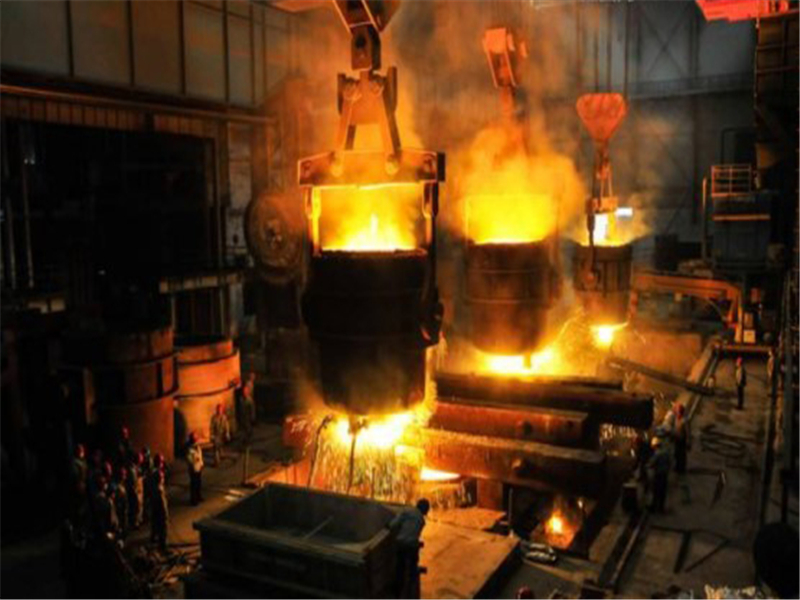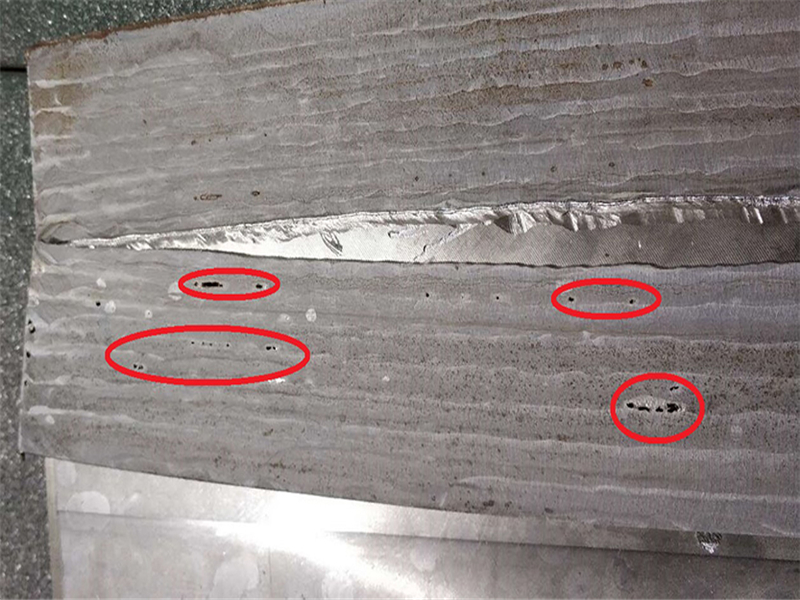Have any questions?
Get in touch-
Tel : +86 18355532477
-
Whatsapp : +8618355532477
-
Email : 247137166@qq.com
-
Skype : 247137166@qq.com
Have any questions?
Get in touchTel : +86 18355532477
Whatsapp : +8618355532477
Email : 247137166@qq.com
Skype : 247137166@qq.com
WILA’s laser cladding equipment and supporting development process technology can effectively prepare babbitt alloys, and the performance is better than traditional process methods such as casting and welding, reaching an almost ideal process state, and directly forming babbitt alloy bushings. Partial repair provides a new perfect solution.
Thrust pad repair factory
1. Introduction of Babbitt alloy
Babbitt alloy was invented by American Babbitt, also known as white metal. The main components of Babbitt alloy are: tin, lead, antimony, copper, antimony, and copper are used to improve the strength and hardness of the alloy. Because of its good wear resistance, thermal conductivity, and special structure, it is beneficial to reduce friction, so it is widely used in the main shaft bearing and bushing of large machinery. Babbitt alloy is the most widely known bearing material, and its application can be traced back to the industrial revolution era.
2.The structural characteristics of babbitt alloy
1) The hard phase particles are evenly distributed on the soft phase matrix;
2) The soft matrix makes the babbitt alloy have very good embedding, compliance, and seizure resistance;
3) After running-in, the soft phase matrix is concave, and the hardpoints are convex so that a small gap is formed between the sliding surfaces, which becomes the oil storage space and lubricating oil channel, which is beneficial to reduce friction, and the convex hardpoints play a supporting role. Conducive to carrying;
3. The shortcomings of commonly used babbitt alloy processing methods
Babbitt alloys are mainly divided into two types: tin-based babbitt alloy and lead-based babbitt alloy.
Tin-based babbitt alloys are most widely used in tin-antimony-copper-ternary alloys, and their representative alloy grades are ZSnSb4Cu4, ZSnSb8Cu4, and ZSnSb11Cu6.
The strength and hardness of lead-based babbitt alloy are lower than tin-based babbitt alloy, and its corrosion resistance is also poor, but its economy is better than tin-based babbitt alloy. The commonly used brands are ZPbSb16Sn16Cu2, ZPbSb16Sn1As1, ZPbSb10Sn6, etc.

Casting is a commonly used processing method for babbitt alloys. By cleaning the bottom plate, hanging tin to make the bottom, babbitt alloy smelting, casting, and cooling, a bearing bush with bearing lining can be obtained on the bottom plate. After many years of development, the casting process has been very mature, but due to the characteristics of the process principle itself, the following problems still exist:
(1) The molding process is complicated, difficult to control, and the quality is unstable;
(2) The binding force is poor and the shelling defect is easy to appear;
(3) The structure is coarse, and it is prone to defects such as shrinkage cavities and blisters;
(4) Segregation of components and poor performance uniformity;
(5) The production process is highly dependent on people and the labor environment is poor.

4.The technical advantages of laser babbitt alloy
Laser Cladding technology uses the laser as the heat source. Under the irradiation of the laser beam, the cladding powder (metal, ceramic powder, etc.) and the surface of the substrate are quickly heated and melted. After the beam is removed, it is an additive that cools itself. Production method. Compared with traditional additive technology, laser cladding technology has the following characteristics:
1) A wide range of applicable material systems, which can be used for laser cladding of various metals and ceramic materials;
2) The composition of coating materials can be selected and designed according to performance requirements;
3) The coating dilution rate is low, and the excellent performance of the original material can be maintained;
4) The coating structure is small and dense, and it is metallurgically combined with the base material;
5) The coating thickness can be adjusted in a large range, easy to control, and the process is flexible, and it is easy to realize automation;
6) Partial processing of selected areas can be carried out;
The use of laser cladding technology to process the babbitt alloy can completely solve the problem of babbitt alloy shelling. The babbitt alloy has a small structure and excellent performance. Through systematic research, WILA has mastered the key technology of laser cladding babbitt alloy, with a pass rate of 100% for one-time forming, and has been successfully used in industrial applications with stable and reliable performance.
click here to leave a message